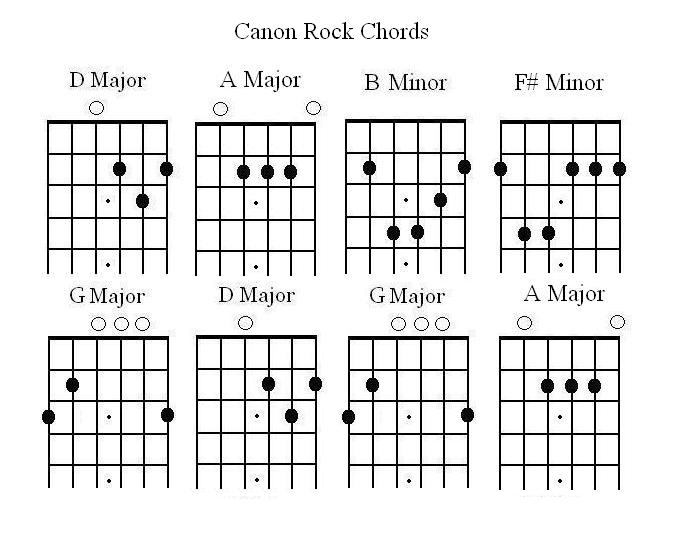Disclosure: I am an affiliate of Clickbank.com
You receive a FREE E-BOOK !!! "Learn to Play Guitar."
When you sign up for our mailing list.
Enter your email above to join and get the latest info in the guitar universe.
Triad Arpeggios
These are Triad Arpeggios using every diatonic chord in the key of G Major. This exercise is fantastic because it covers pretty much the entire fretboard very quickly. You are only playing three notes per chord not the 7th chord.

These are Triad Arpeggios using every diatonic chord in the key of G Major. This exercise is fantastic because it covers pretty much the entire fretboard very quickly. You are only playing three notes per chord not the 7th chord.
To Shop for Guitar from Triad Arpeggios
In a typical Major key you have three major chords (I, IV, V), three minor chords (ii, iii, vi), and one diminished chord (vii). I like to start the riff on the diminished chord (in this case f #) to get more practice on that one.
Here is a different arpeggio concept from YouTube enjoy!
The passage spans three octaves per chord. If you maintain alternate picking, the fifth of each top octave will be up, or the opposite of your starting stroke. The first octave of each chord starts on the low E string and contains one note on the A string.
The most difficult part is probably the 1st note of the 2nd octave with your pinky finger. This is because you have to slide up very quickly several frets up on the A string. Once you get here, your hand stays in this position through the 3rd octave and back down through the 2nd octave.
The passage spans three octaves per chord. If you maintain alternate picking, the fifth of each top octave will be up, or the opposite of your starting stroke. The first octave of each chord starts on the low E string and contains one note on the A string.
The most difficult part is probably the 1st note of the 2nd octave with your pinky finger. This is because you have to slide up very quickly several frets up on the A string. Once you get here, your hand stays in this position through the 3rd octave and back down through the 2nd octave.
In the example, I show you the first few chords. What I do is pattern all the way up to the high G position which will have its starting note on the 15th fret. Then go back all the way back to the f # of course, one last big G!
You should also practice the augmented chords with this same configuration so that you are not leaving that one out. Of course these are the simplest form of basic chords but this is great for locking in the basic musical structures.
Great luck with this one. Let me know if you like the exercise or if it helps you!


